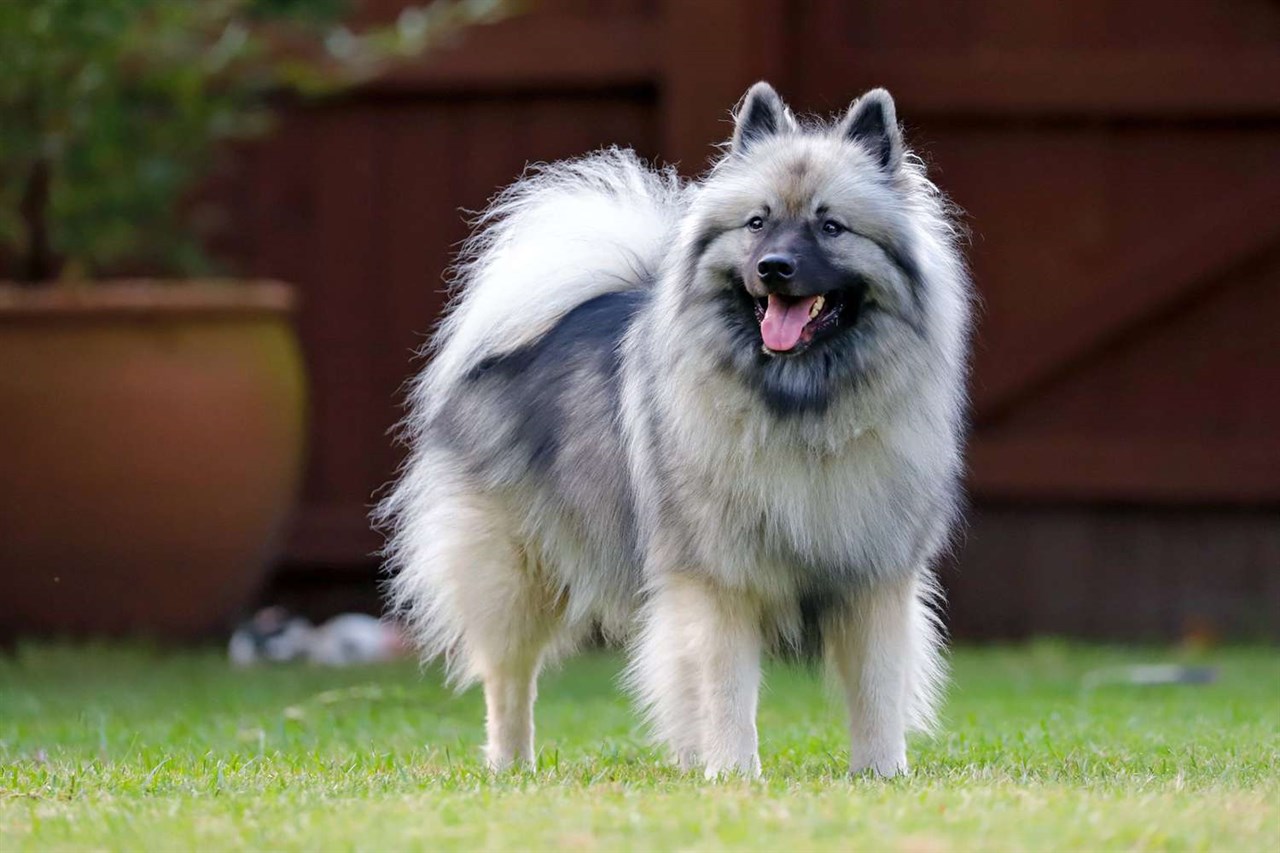The Keeshond: A Dutch Gem Among Dog Breeds

In the vast tapestry of dog breeds, one that stands out with its striking appearance, expressive eyes, and vibrant personality is the Keeshond. Often referred to as the "Smiling Dutchman" due to its distinct facial expression, the Keeshond is a breed steeped in history, cherished for its companionship, and celebrated for its distinctive appearance. In this comprehensive long-form piece, we will delve into the fascinating world of the Keeshond, exploring its rich history, breed group classification, size, coat, colour, appearance, and addressing several intriguing questions about this breed.
A Brief History of the Keeshond
The Keeshond, pronounced "kaze-hawnd," hails from the Netherlands and is deeply rooted in the country's history. Its name is derived from a Dutch patriot leader, Kees de Gyselaer, whose supporters were known as "Kees" and kept these dogs as loyal companions during the late 18th century. This breed has historical significance as it symbolised the Dutch resistance against the House of Orange during the political turmoil of that era.
Keeshonds were originally bred as watchdogs, barge dogs, and companions for Dutch canal boats. Their alertness and loyalty made them ideal for guarding cargo and providing companionship to the boatmen and their families. These qualities, combined with their distinctive appearance, helped them gain popularity across the Netherlands.
Also Known As
The Keeshond is also known as the the Dutch Barge Dog .
Breed Group and Size
The Keeshond is classified as a member of the Non-Sporting group by the American Kennel Club (AKC) and similar groups in other kennel clubs. This group is diverse and includes breeds with varying characteristics and purposes. The Keeshond's designation within this group reflects its versatility, as it has excelled in various roles throughout history. In terms of size, Keeshonds are considered a medium-sized breed. Adult males typically stand between 43.1 to 45.7 centimetres at the shoulder, while females are slightly smaller, measuring around 40.6 to 43.1 centimetres. Weight-wise, they usually range from 15.8 to 20.4 kilogrammes.
Coat, Colour, and Appearance
One of the Keeshond's most distinguishing features is its luxurious double coat. The outer coat is long, straight, and abundant, while the undercoat is soft and dense. This double coat provides insulation and protection, making Keeshonds well-suited to colder climates. Keeshonds have a captivating colour pattern, typically consisting of a silver-grey or cream-coloured body with distinctive "spectacles" — markings that resemble eyeglasses around their expressive almond-shaped eyes. They also have a "ruff" of fur around their neck, which enhances their regal appearance. A plume of fur adorns their curled tail, which arches gracefully over their back.The breed's overall appearance exudes elegance, with a fox-like expression, pointed ears that stand erect, and a well-proportioned body. Their tail is carried high, and their posture exudes confidence and alertness.
Are Keeshonds and Pomeranians Related?
Keeshonds and Pomeranians share some similarities in appearance, particularly in their fluffy coats and lively expressions. However, these two breeds are not closely related. Pomeranians, originating from the Pomerania region (now part of Poland and Germany), are smaller and belong to the Toy Group, while Keeshonds belong to the Non-Sporting Group and are medium-sized.Though their appearances may overlap superficially, their histories, purposes, and temperaments differ significantly. Pomeranians were bred down in size from larger sled-pulling dogs, while Keeshonds were originally watchdogs and companions to Dutch boatmen.
Is Keeshond a Rare Breed?
Keeshonds are not considered rare in the broader context of dog breeds, but their popularity can vary by region and over time. In some areas, they may be less common, while in others, they enjoy a strong following among dog enthusiasts.Potential Keeshond owners should be aware that responsible breeding practises are crucial to maintain the breed's health and temperament. Reputable breeders prioritise the well-being of their dogs and work to preserve the breed's unique characteristics.
What is the Difference Between a Keeshond and a Samoyed?
Keeshonds and Samoyeds are both Spitz-type breeds, known for their thick double coats, pointed ears, and expressive faces. However, several key differences set them apart.
- Size: Samoyeds are larger than Keeshonds. Adult Samoyeds typically weigh between 22.6 to 29.4 kilogrammes and stand 53.3 to 59.6 centimetres, making them a larger breed compared to the medium-sized Keeshond.
- Origin: Samoyeds hail from Siberia and were originally bred by the Samoyede people for herding reindeer and pulling sleds. In contrast, Keeshonds come from the Netherlands and served as watchdogs and companions on Dutch canal boats.
- Coat colour: While both breeds have thick double coats, Samoyeds are primarily white or cream in colour, while Keeshonds have the distinctive silver-grey or cream body with dark "spectacles" around their eyes.
- Personality: Samoyeds are known for their friendly and outgoing nature, often described as "smiling." They are social dogs and tend to be more extroverted than Keeshonds, which are loyal and alert but can be reserved with strangers.
The Keeshond, with its storied history, distinctive appearance, and affectionate personality, is a captivating breed that continues to win hearts around the world. Whether as a loyal family companion or a watchful guardian, Keeshonds embody the best qualities of their Dutch heritage. While not related to Pomeranians, they share some visual similarities, and they differ from Samoyeds in terms of size, origin, coat colour, and personality. As with any breed, responsible ownership and breeding practises are essential to ensure the well-being and preservation of this wonderful breed.
Continue reading our Keeshond in-depth articles
- Keeshond Temperament and Behaviour
- Keeshond Training and Socialisation
- Keeshond Toilet Training
- Keeshond Barking Habits
- Keeshond Grooming Requirements
- Keeshond Shedding Behaviour
- Keeshond Sleeping Behaviour
- Keeshond Diet and Feeding Requirements
- Keeshond Average Lifespan
- Keeshond Exercise Requirements
- Keeshond Common Health Issues
- Keeshond Suitability Guide
- Keeshond Advantages
- Keeshond Disadvantages
- Keeshond Cost to Buy and Own
- Keeshond Clubs and Links
- Selling Keeshond Puppy Litters and Dogs
- Buying Keeshond Puppies and Dogs
- Keeshond Alternatives